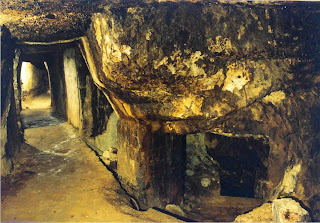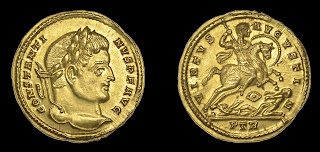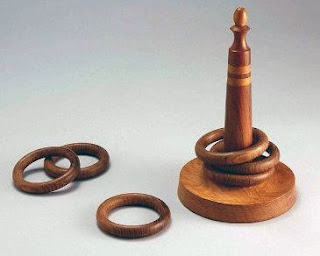An anonymous chronicle of about 1218 (so not too long after the founding of the group c.1173, and only a few years after Waldo dies in 1205, so perhaps fairly accurate), gives more detail regarding the founding:
And during the same year, that is the 1173rd since Lord's Incarnation, there was at Lyons in France a certain citizen, Waldo by name, who had made himself much money by wicked usury. One Sunday, when he had joined a crowd which he saw gathered around a troubadour, he was smitten by his words and, taking him to his house, he took care to hear him at length. ... When morning had come the prudent citizen hurried to the schools of theology to seek counsel for his soul, and when he was taught many ways of going to God, he asked the master what way was more certain and more perfect than all others. The master answered him with this text: If thou wilt be perfect, go and sell all that thou hast," etc.
Then Waldo went to his wife and gave her the choice of keeping his personal property or his real estate, namely, he had in ponds, groves and fields, houses, rents, vineyards, mills, and fishing rights. She was much displeased at having to make this choice, but she kept the real estate. From his personal property he made restitution to those whom he had treated unjustly; a great part of it he gave to his little daughters, who, without their mother's knowledge he placed in the convent of Font Evrard; but the greatest of his money he spent for the poor. A very great famine was then oppressing France and Germany. The prudent citizen, Waldo, gave bread, with vegetables and meat to every one who came to him for three days in every week from Pentecost to the feast of St. Peter's bonds.
At the Assumption of the Blessed Virgin, casting some money among the village poor, he cried, "No man can serve two masters, God and mammon." Then his fellow-citizens ran up, thinking he had lost his mind. But ... he said. "My fellow-citizens and friends, I am not insane, as you think, but I am avenging myself on my enemies, who made me a slave, so that I was always more careful of money than of God, and served the creature rather than the Creator. I know that many will blame me that I act thus openly. But I do it both on my own account and on yours; on my own, so that those who see me henceforth possessing any money may say that I am mad, and on yours, that you may learn to place hope in God and not in riches."
Other sources say the troubadour was singing a song about St. Alexius, who gave up his wealth to live in poverty like Jesus. Waldo puts is daughters into a convent, leaves his possessions to his wife, and began to travel Lombardy preaching the importance of poverty. He began to attract followers, and he and one of them traveled to Rome in 1179 to meet with Pope Alexander III. Waldo explained his primary beliefs: the value of voluntary poverty, the need for the Gospel to be in local languages, the belief in universal priesthood (that all men and women can preach the scriptures). Alexander approved the poverty, but not the preaching.
Waldo rejected the pope's declaration, and Waldensians continued to preach and grow followers, speaking out against other practices not found in the Bible: purgatory, indulgences, transubstantiation, prayers for the dead. They were persecuted for centuries for their beliefs—tortured, imprisoned, and killed—but they persevered to this day.
Who was this St. Alexius whose example inspired a successful merchant to make such a radical change? His story comes next.





























